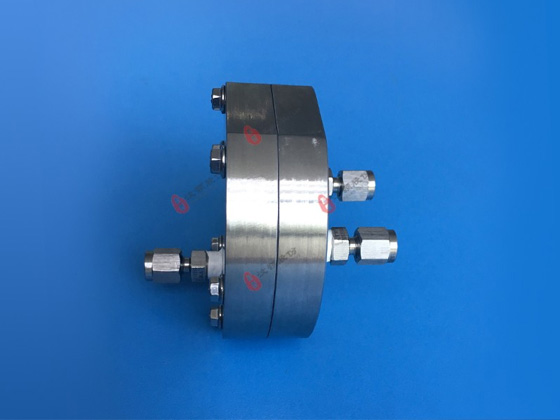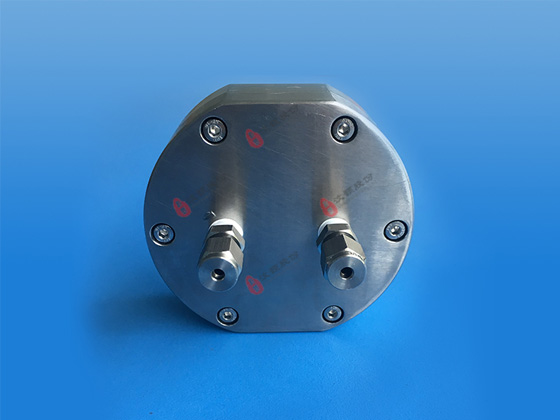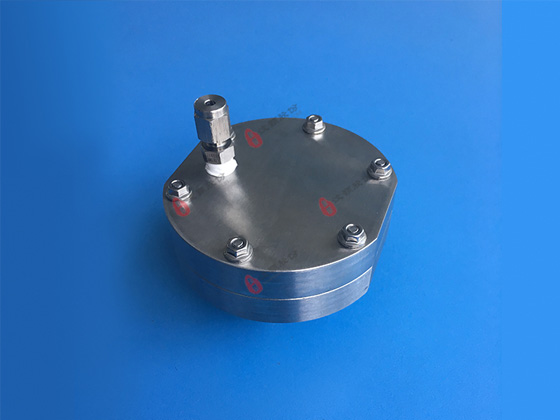Compared with the traditional static mixer, the micro-mixer has the advantages of large specific surface area, high efficiency of mass and heat transfer, high safety, and small amplification effect. It has higher reproducibility, stability, and high efficiency. As a particular type of microreactor, it is easier to clean the dirt and replace the mixed packing than the traditional static pipe mixer because of the particular seal packing design. In blockage, micromixers can handle processes that many other devices can not handle during a continuous flow process.
Microreactor applications: pharmaceutical intermediates, drug synthesis, fine chemicals, pesticide chemistry, special chemicals, daily necessities industry, nano-industry, pharmaceutical preparations, polymer modification, etc.
Technical parameters:
Material: SUS316L, TA2
Withstand voltage: 0-10MPA
Operating Temperature: room temperature
Usage: 0-400ml/m
Mixing principle: chaotic flow sedimentation
Applicable: liquid-liquid-solid
Examples of realizable processes:
1. Mikell addition
2. FU-G alkylation reaction
3. Aldol reaction
4. Sulfonation, nitration
5. Diazotization and Azitization
6. Solvent-free reaction, 30% liquid-liquid phase reaction (probability)
Use of micromixers: before using micromixers, it is necessary to have a good understanding of reagent compatibility, including sealing fillers, joints, and mixer modules concerning reagents, which do not work when the sealing filler and mixer module are incompatible with the reagent. Otherwise, the micromixer will be damaged.
Micro mixer cleaning: when the experimental process is finished, please clean the micromixer in time to avoid residual process fluid in the mixer. A high concentration of fluid process residue may cause the mixer plug, cleaning solvent as a reaction solvent, water, and ethanol. When the mixer is blocked, disassemble the mixer, immerse it in the cleaning solvent, and then clean the mixer with an ultrasonic cleaning for 0.5-1 hour.




